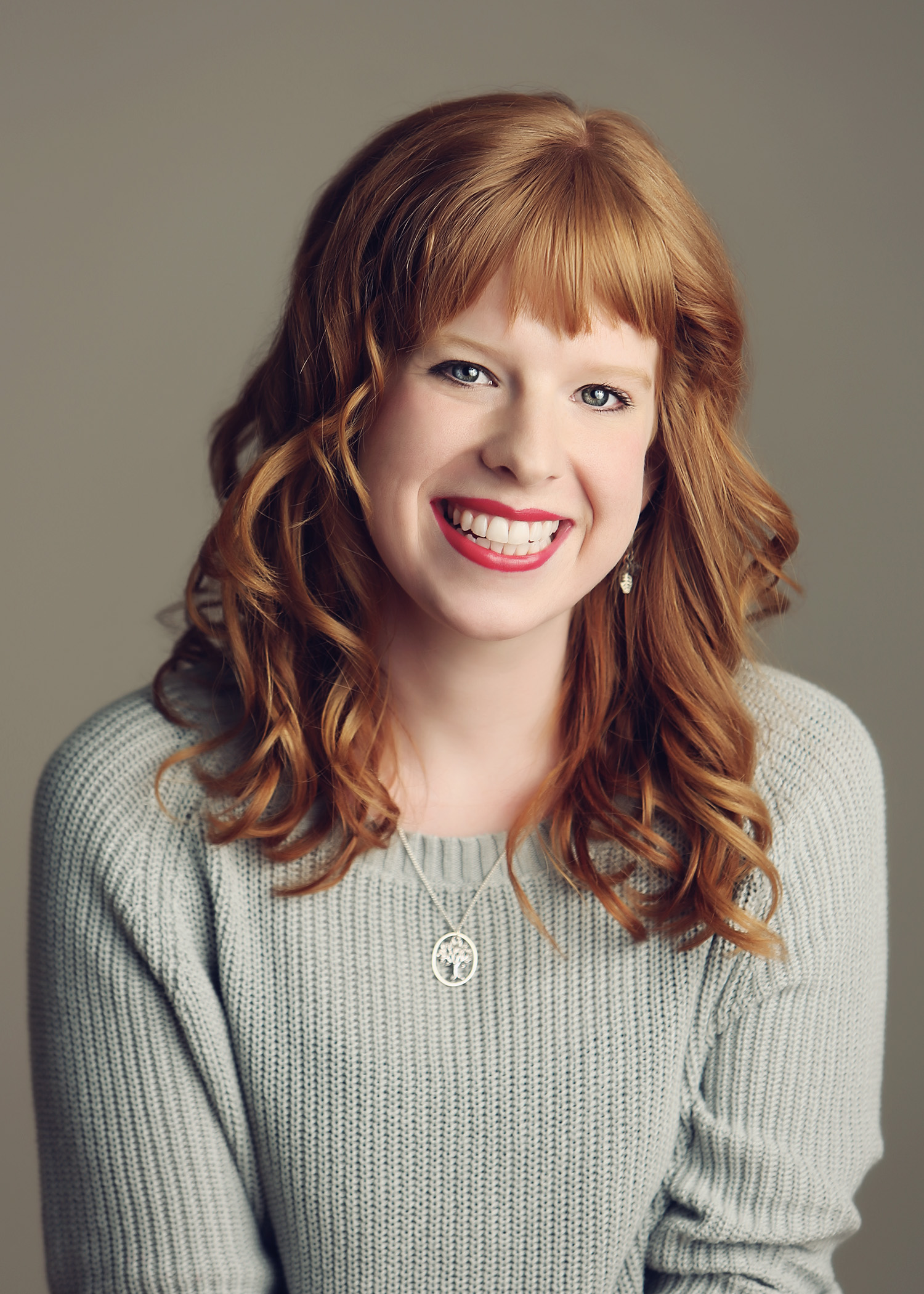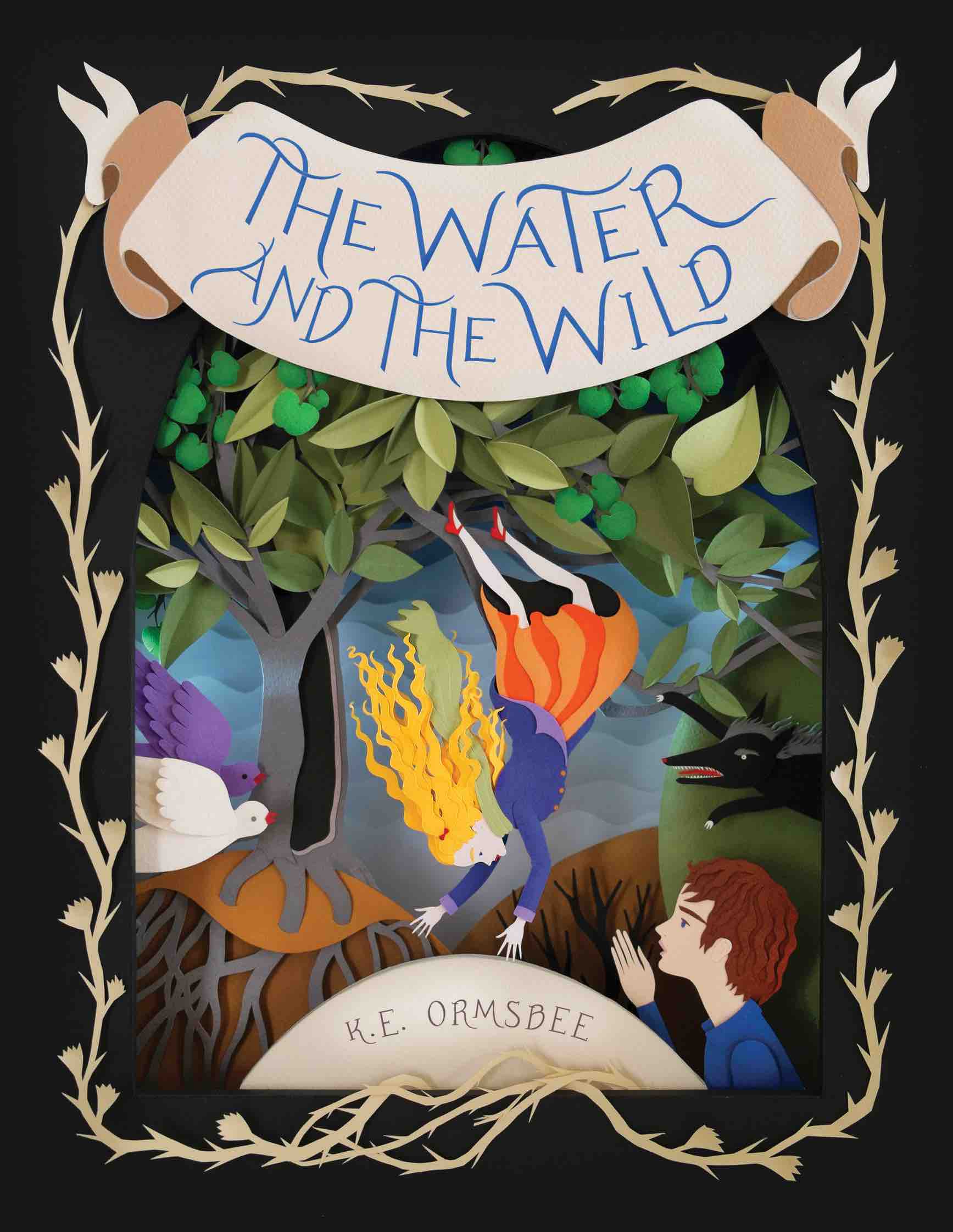 K.E. Ormsbee’s debut novel, “The Water and the Wild,” is a middle-grade fantasy that many have — and will — compare to the likes of “Alice’s Adventures in Wonderland” and The Chronicles of Narnia. The following is a transcript of her interview with Cracking the Cover.
K.E. Ormsbee’s debut novel, “The Water and the Wild,” is a middle-grade fantasy that many have — and will — compare to the likes of “Alice’s Adventures in Wonderland” and The Chronicles of Narnia. The following is a transcript of her interview with Cracking the Cover.
Why do you write? Why write for young people specifically?
I write because the alternative is…exploding! I was a voracious reader growing up, and that love of books grew—as it so often does—into a desire to emulate. Writing was my go-to, whether I needed to process a life event, detail a vivid picture that sprang into my imagination, record a funny observation, or tell a story. The older I got, the more stories I devoured and the more stories I wanted to tell.
Honestly, I’ve only ever considered writing for young people. Literature heavily influenced me both as a child and young adult, and my favorite childhood books still hold places of highest honor on my bookshelf. What we consider children’s literature has existed for a teeny blip on the greater timeline of literature, and yet within that blip is an incredibly rich collection of storytelling that transcends age and circumstance. Those books made a huge impact on how I see the world today, and I wanted to contribute to that storytelling tradition.
Where did the idea for The Water and The Wild come from?
There are so many inspirations behind The Water and the Wild—including but not limited to my love of Shakespeare, English Romantic poetry, and folklore from the British Isles. However, my very first idea came during the summer after my freshman year of college, when I got the image of a white finch in a green apple tree lodged soundly into my head. I was working at an ice cream shop at the time, so I jotted down the idea on a napkin at work. Later, I sat down at my laptop and expanded upon the image. That was the start of what would eventually become The Water and the Wild.
A door through the apple tree and down the rabbit hole are somewhat obvious parallels. Have you read Alice in Wonderland? What would you say to the comparison?
Oh, absolutely! Alice in Wonderland is one of those childhood favorites I was talking about. In fact, when pressed for a book comparison, I say that Lottie Fiske’s story is Alice in Wonderland meets The Wizard of Oz. The Water and the Wild is a portal fantasy, and as such it parallels all other books in the genre in a very important way: the existence of, ahem, a portal. The beauty of portal fantasies is that they present the possibility of entering a magical realm by way of an otherwise ho-hum, ordinary part of the human world. I was entranced by this idea as a kid. I lived in stories filled with magical rabbit holes, wardrobes, rings, and bricked-up doorways.
There are other similarities between The Water and the Wild and Alice in Wonderland. I think Elsa Mora’s beautiful cover art feels very Alice-esque. And just like Alice, Lottie is thrown into a strange, new world filled with unusual characters. Unlike Alice, however, Lottie travels to the magical world in a quest to save her best friend and, along the way, discovers that she might belong to this world in ways she never dreamt possible.
 What makes The Water and The Wild stand out from its contemporaries?
What makes The Water and The Wild stand out from its contemporaries?
The voice, I hope! Some of my favorite writers have such distinctive voices that I can pick up their books and identify authorship after reading only a few paragraphs. I don’t think there are any new stories under the sun, but what makes a story worth listening to is how it’s told. I hope the voice of The Water and the Wild will get under readers’ skins in the best possible way.
Do you include traits of people you know in your characters or are they strictly from your imagination?
I’ve never created a carbon copy of someone I know in real life, but yes, I certainly include traits of people I know in my characters. I think it’s impossible to write in a vacuum, so it’s very important to me to people-watch, hang out with friends, and meet new characters through books, television, and movies. My writing has always been character-centric, and sometimes my characters take years to develop, slowly accumulating little traits and oddities over time. For example, I first created the character Fife Dulcet thirteen years ago, and only now do I think he’s really come into his own.
Why do you think young people are/will be attracted to your book/s?
When I wrote The Water and the Wild, I wanted to tell a story Younger Me would have stayed up past my bedtime to read. I loved fantasies with zany details and strong but flawed characters; those were the sorts of books I kept under my pillow. The Past Bedtime test continues to be my standard when writing a new novel. I don’t know if all young people will be attracted to my book, but I hope those who are find a special sense of camaraderie and belonging within its pages.
What are you working on now?
- The as yet unnamed sequel (!) to The Water and Wild (Chronicle, Fall 2016).
- My debut Young Adult contemporary, Lucky Few (Simon & Schuster, Summer 2016).
- A Middle Grade standalone called The House in Poplar Wood (Chronicle, 2017).
- And a few other Top Secret projects still in the works.
Is there a book from your own childhood that still resonates with you?
Too many to count! My all-time favorite is Matilda by Roald Dahl. I love Dahl’s dark humor, deliciously awful villains, and triumphantly intelligent heroine, Matilda Wormwood. Matilda taught me that heroism doesn’t have to be big and bombastic. Both Matilda and Miss Honey are introverted bookworms with the inward strength to surmount daily abuse and obstacles. They inspired me to be a more confident kid who wasn’t ashamed of my bookishness.
